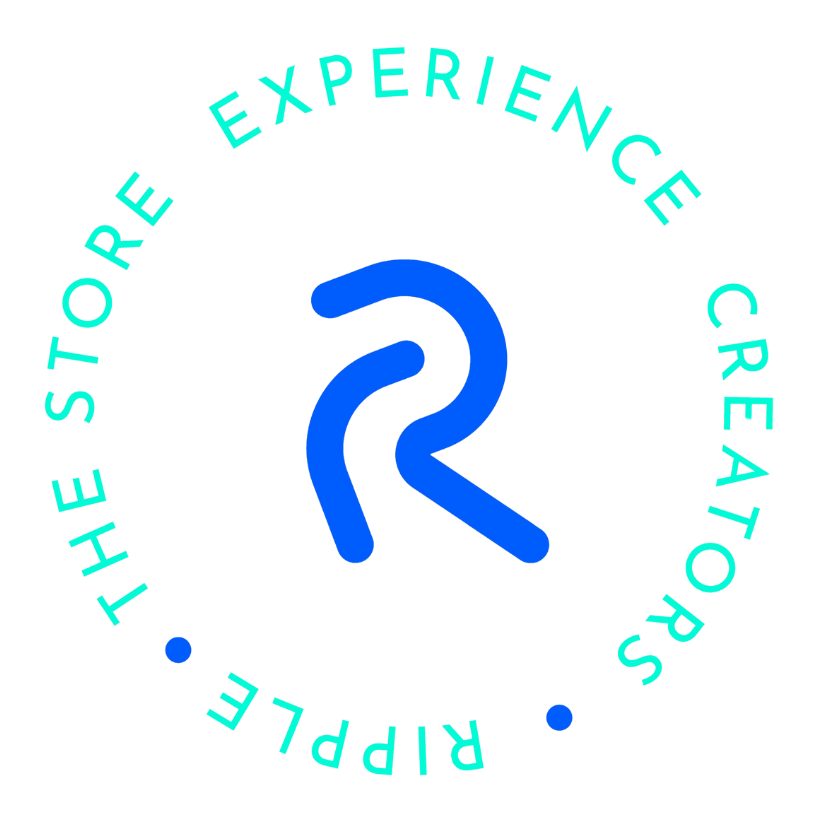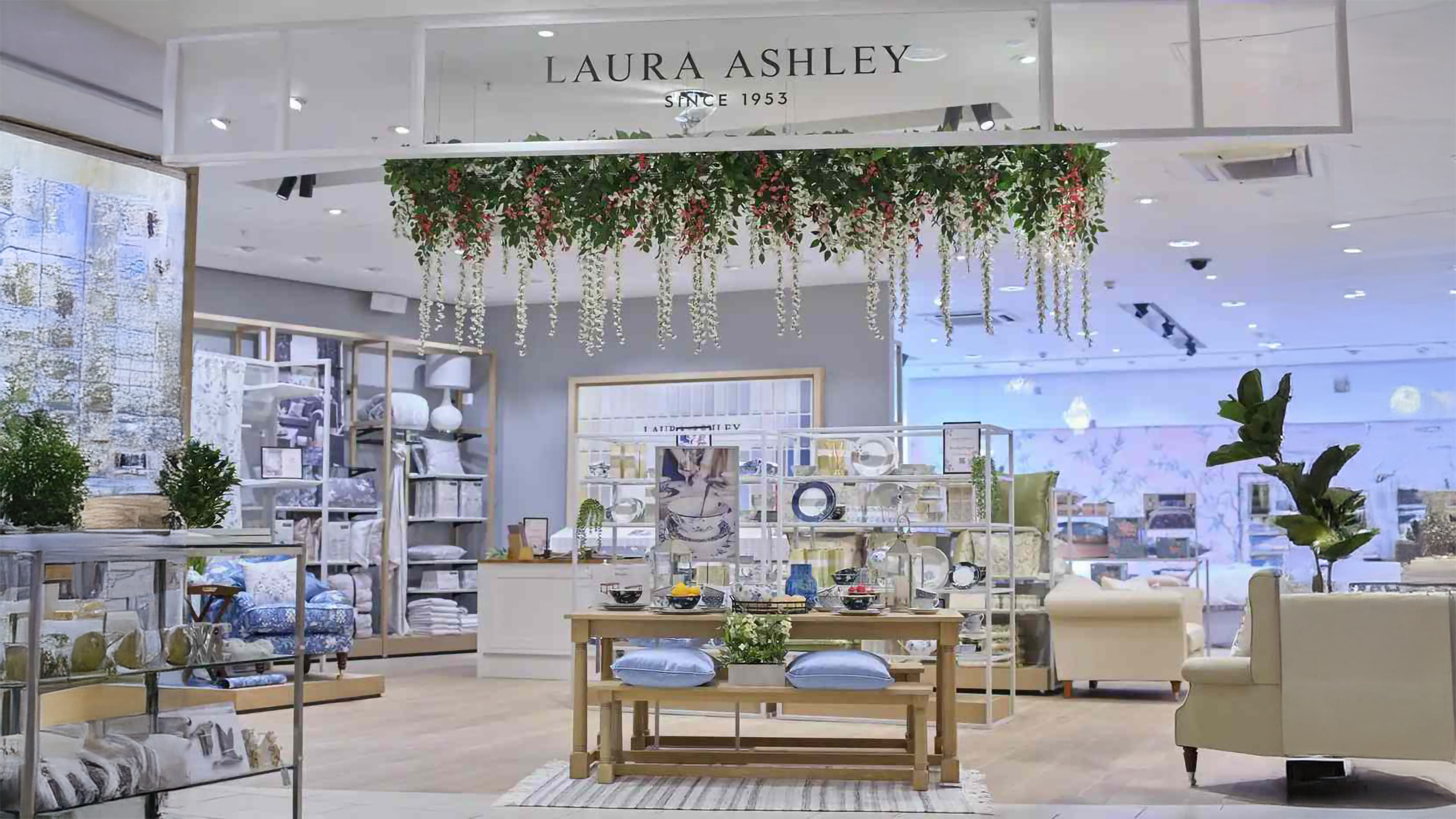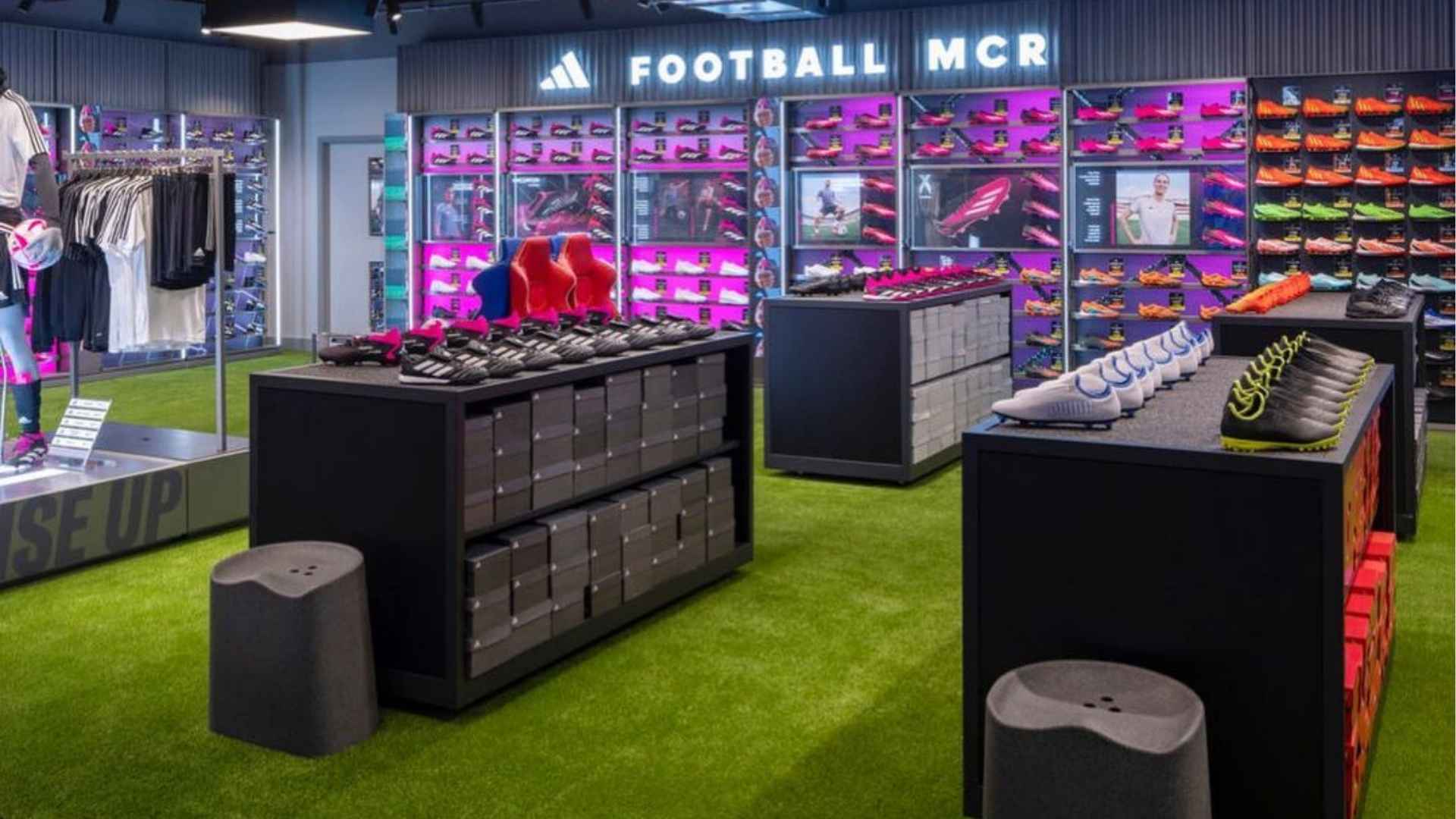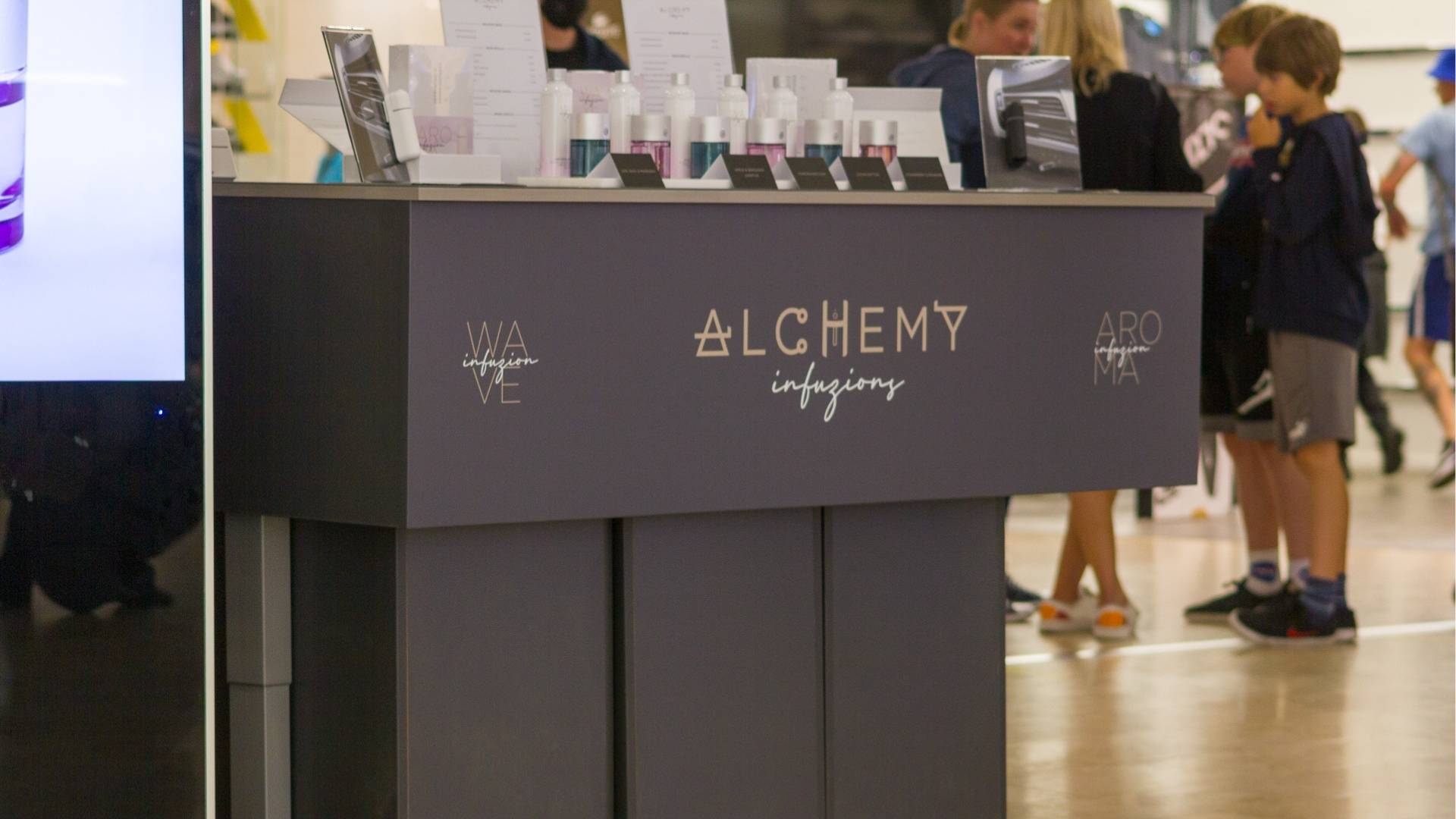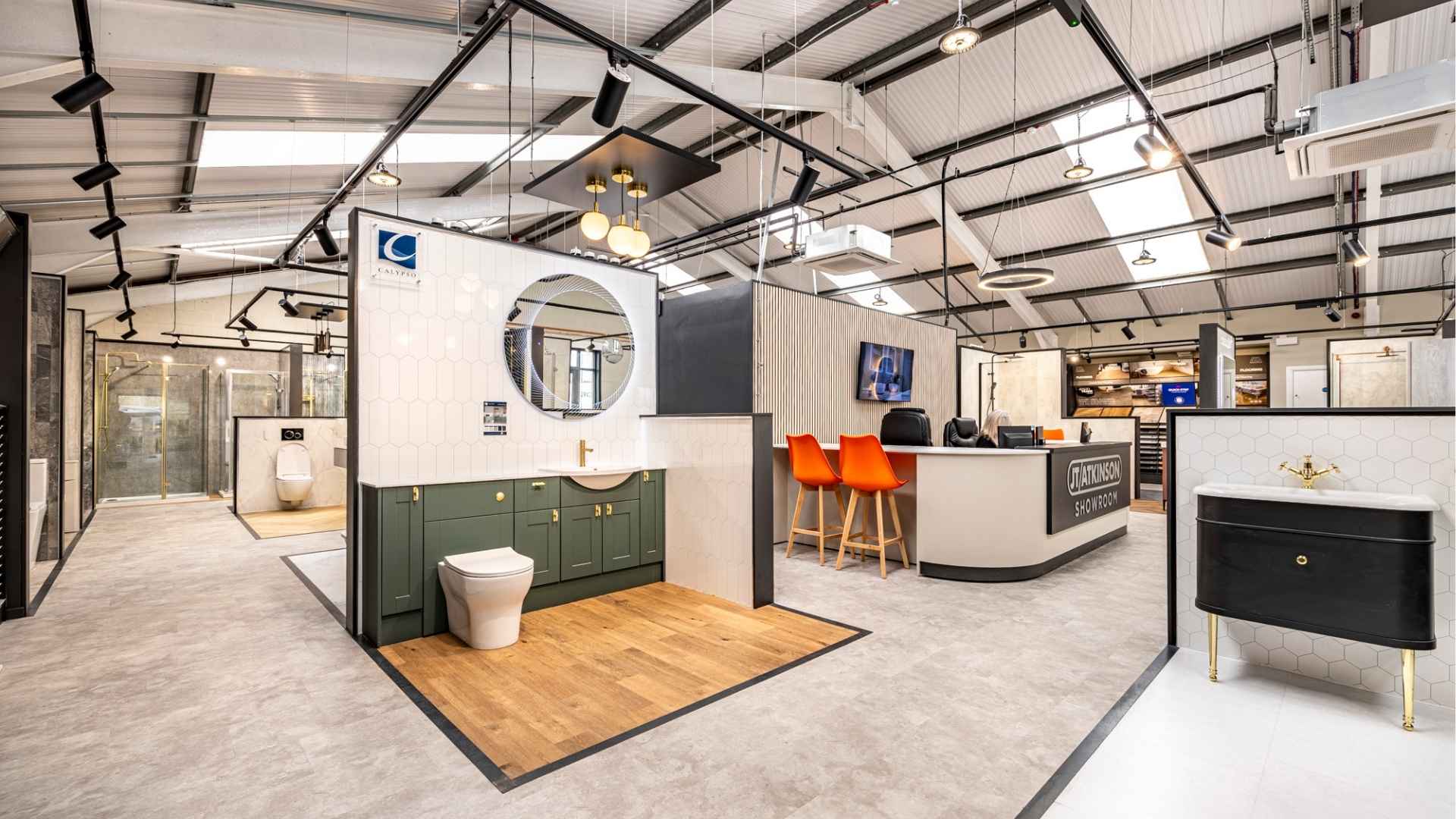How To Increase Impulse Purchases
Most shoppers enjoy taking their time over a purchase, making sure it’s the right decision for them and one they won’t regret. However, shoppers will occasionally impulse buy a product or service, giving businesses a unique opportunity to make contact with a shopper and leave a lasting positive impression.
But how can retail design choices increase impulse buying and how do shoppers actually engage with the business when making their impulse purchases? Ripple has broken it down for you so you can begin the process of building impulse-buying tactics in your brick-and-mortar store.
Want to know more about how Ripple can support you in this process? Get in touch with us today to find out more.
What is Impulse Buying?
Impulse buying is the phrase used to describe the sudden and immediate purchase made by a shopper who has not put any other thought or intention behind the decision. It often happens when shoppers feel a sudden urge to spend their money, and is a spontaneous feeling that is usually fueled by the power of temptation.
How To Encourage Impulse Shopping Using Retail Counter Display Design
Encouraging impulse spending in your retail store requires a number of different approaches, one of which involves retail display design. Store layouts play a huge part in any customer’s journey and are the blueprint for business owners when guiding your shoppers to make a decision.
Take a look at the top tips below to find out how retail counter designs can generate better results for your business through the power of impulse buying.
1. Use Your Product Display as the End of a Path
Your store’s flow and foot traffic direction is a powerful tool and using your retail displays at the end of paths or at rest points in the customer journey is a great way to encourage impulse buying.
The fine balance between product selection and product placement means it’s much simpler to place the counters at the end of a predetermined route to capture your customer’s attention once they have relaxed and feel in control. This is furthered by the end of a path, as the visual break can encourage lingering and increases the opportunity for an impulse decision.
2. Keep Products at Eye Level
Simple but effective, keeping your products at eye level removes any obstacles from your shoppers to your products. By making them easily visible, they can immediately begin thinking about the product, rather than digging around for it. This immediacy is how impulse decisions are made, making eye-level products a valuable resource.
3. Use Samples or Demos to Increase Interest
If your retail space offers the ability to provide samples and demonstrations of products to shoppers, you can create another impulse shopping environment. Convincing shoppers about a product they may not have been planning on purchasing is difficult, but a demonstration or a free sample gives the customer a taste of what they could have, heightening the excitement and encouraging impulse buying.
4. Keep Low-Cost Impulse Buy Friendly Products On Your Display
The higher the price, the less likely the shopper will make an impulse purchase. However, low-risk and potentially high-reward products are perfect for unplanned purchases. By placing low-cost impulse buy-friendly products on your counter, you’re more likely to get the customers’ attention in a limited time.
A top tip is to keep the products you intend to be impulse purchases below a particular price point, this can vary depending on the prices within your store.
5. Put Impulse-Buy Products Near High-Demand Items
Shoppers won’t go looking for a product they don’t plan on buying. So, instead, place your intended impulse-buy products near the products that are more in demand. This can be done by hanging impulse purchases in relevant aisles, providing a visual break.
For example, shoppers may be grabbing their eggs in their weekly food shop, and the retail store may place an egg timer next to them.
6. Know How to Use the Correct Language
A sense of urgency is needed to increase impulse buying, and your retail counter display can enable you to do exactly that. Include phrases such as ‘buy now’ or ‘grab before it’s gone’ to create a demand and supply within the moment the customer sees the product.
This approach is especially impactful when used in checkout lines, however, a retail counter design should include the correct language across the board.
7. Anticipate Your Customers’ Needs
Impulse buys can be subconsciously something the shopper needs. By understanding your customer and what they’ll be looking for, you can have a better chance at creating your retail counter design by predicting what kind of products they’ll be more likely to impulsively grab through their journey in the store.
These needs don’t need to be consistent or long-term, it can be as simple as a bottle of water at the checkout to refresh them on their shopping trip, or a shopping bag at the checkout in a convenience store.
8. Draw Attention to your Impulse Needs
Retail counter designs are a huge part of drawing attention to a shopper’s impulse needs. These include the following three aspects:
- Signage – Using signage on and around the retail counter design will grab the customer’s attention and create a sense of urgency.
- Lighting – Coloured lighting, spotlights, and unique fixtures are more likely to set impulse products apart from the rest of the store.
- Colour – Brighter and bolder colours will get the attention of your customers over neutral tones, and also leaves a sense of urgency and demand for the product.
9. Showcase Seasonal Items
Seasonal items are a fantastic choice for businesses looking to increase impulse buying. They generate a sense of demand and already have a ‘limited time’ feel to them due to the seasonality.
These products are also easy to change up and can keep repeat customers coming back, improving overall image and sentiment towards your retail store.
10. Leverage Conditional Promotions
Conditional promotions are a great motivator for shoppers to have them look around the store and find more products that are involved in the promotion. These can include buy one, get one free or for cheaper, buy and earn loyalty and buy and save on specific items.
The idea of receiving something for free or for a lower price is a powerful tool for businesses and can allow retailers to make higher-cost items to be a part of an impulse purchase, which is not often the case.
11. Use Your Products to Tell a Story
Your products can tell a story, engaging a customer beyond the product, and allowing them to feel empowered in their decisions. This approach is especially valuable, as not only will an impulse purchase be more likely, but the retail counter design offers a chance for you to engage with your customer and generate a stronger relationship.
12. The Science Behind Impulse Buying
Understanding the basic principles of the science behind impulse buying can be incredibly helpful for retail spaces looking to boost sales and create engaging designs. There are a number of ways stores can do this whilst accounting for the following aspects of impulse buying:
- Personality traits
- Buying beliefs and attitudes
- Sociocultural values
- Demographic factors
These factors of impulse buying are intrinsically linked to internal factors within shoppers such as their emotions and beliefs. However, external factors such as the retail environment can also boost the chances of a shopper buying a product impulsively.
For example, if a shopper is in a bad mood they may be more prone to treating themselves with an impulse purchase. However, if the retail store hasn’t removed obstacles to their products or priced them too highly, the external factors won’t match up with the internal factors, leading to a lower chance of an impulse purchase.
These factors are linked to internal factors (such as emotions) and external factors (such as environmental stimuli) that encourage impulse buying tendencies. Self-gifting, or “retail therapy,” is another form of impulse buying one uses to manage their mood.
Why Do People Impulse Buy?
The factors in impulse buying influence a shopper’s likelihood of making an impulse purchase. However, there are other reasons behind the decisions made, including:
1. Novelty
Impulse buys aren’t just about a quick promotion or an interesting retail counter display. For some shoppers, new and unique products are more appealing. Giving people something fresh to take a look at can keep them engaged long enough to decide to buy it on a whim.
2. The Feeling of Getting a Deal
Impulse buying shouldn’t just focus on a big treat item – grabbing a deal whilst you can is also a way to engage shoppers. By having products that fill a need at a great price, people will be more likely to impulsively purchase them as they feel it will save them money at that moment, and in the future.
3. Instant Gratification
For many, instant gratification offers a sense of relief when you feel a rush of emotions. Regarding impulse buying, the rush of emotion can be positive or negative. For example, if you’re feeling overwhelmed with work you may find yourself online shopping.
4. Physical Stimuli
External factors within a retail space such as retail counter design, signage, lighting, marketing efforts, and window displays can all play a part in the impulse buying journey a shopper may go on.
For example, the following aspects can positively impact impulse purchasing:
- A pleasant environment can lead to more positive emotions, and in turn, more impulse buying
- Background music that is soft and easygoing can make shoppers spend more time in your store, increasing the chance of an impulse purchase
- Promotions can encourage shoppers to buy more of a specific product when they may have only originally intended on buying one
5. Product Placement
Having shoppers spend more time in the store is often the intention of many business owners. Product placement can increase this time and improve the chance of an impulse purchase. For example, window displays can get shoppers excited and lift their mood, encouraging the chances of impulse sales.
Get In Touch With Ripple
At Ripple, we have decades of experience with retail design. Passionate and creative, our customer-focused approach has generated fantastic results for businesses through impulse purchases.
Working in interior design, designing, manufacturing, and installing high street changing spaces that have set the standard for the competition.
Taking pride in our work, we provide an end-to-end service, ensuring that all aspects are covered and given the right tactics and tools. Our commitment to providing this service is what has allowed us to build a long list of happy customers who are still benefitting from our work today.
If you’re ready to boost sales and impulse purchases amongst your shoppers, our team is on hand to provide further information and details about how your retail counter design can improve impulse shopping.
